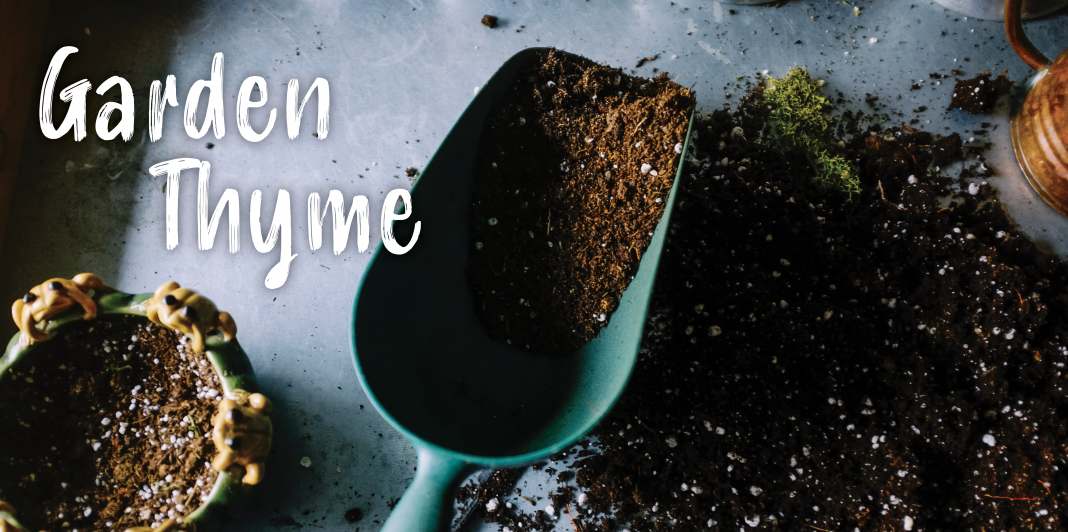Gardening is a hobby we enjoy year-round. But as we all know, not all plants can withstand the same climate conditions. Different plants also require different amounts of sunlight and prosper best in certain temperatures. It is important to research these elements to maintain a flower garden to thrive all summer.
The USDA Plant Hardiness Zone Map is a common gardening resource to determine how likely a plant is to survive in a particular region. The Plant Hardiness Zone Map is based on a zone’s average winter temperature, mapping 12 zones throughout the United States. Because this index makes predictions of a plant’s survival based on winter temperatures, other resources are necessary to determine a plant’s sustainability during the summer. For instance, heat tolerance refers to a plant’s ability to survive excessive summer temperatures.
Along with ensuring a plant’s hardiness and heat tolerance, gardeners need to be aware of light requirements ranging from full sun to full shade. In southern states like Texas, you are bound to expect summers to bring extended hours of sunlight and high temperatures. Choosing the right flowers in your garden ensures a beautiful yard for year-long curb appeal. We have compiled a list of flowers that are heat tolerant and flourish under full sun, making for great choices in a Texan garden. Here are just 8 flowers that thrive in summer and will soak up the sun:
1. Black-eyed Susan
The Black-eyed Susan (Rudbeckia hirta) gets its name from its black-brown center that contrasts its daisy-like yellow petals. This flower is found throughout most of the United States but thrives best in warmer climates. Its ideal seeding period is in spring to bloom through summer and early fall. Black-eyed Susans are effective at attracting butterflies and several species of bees as a source of pollen and nectar. Just note the species can become territorial or invasive when it’s not properly managed and spread out.
2. Texas Lantana
Native to Texas and the southwest United States, Texas Lantana (Lantana urticoides) flourish in conditions that receive a lot of sun without a lot of water. That is because these flowers are best suited in dry, well-drained soils and can natively be found in sandy or gravelly regions. The perennial shrub can reach a tall mature height between 3 and 6 feet tall. Texas Lantanas attract hummingbirds and butterflies with their beautiful orange and yellow blossoms that appear from late spring to early fall.
3. Purple Coneflower
Purple Coneflowers (Echinacea purpurea) are most recognizable for their resemblance to a shuttlecock with down-turned pinkish-purple petals. Its genus name comes from the Greek word echinos referring to its spiky brown center. Purple Coneflowers are also well-known for medicinal purposes used by Native Americans and early pioneers. The perennial flower is easy to grow for beginner gardeners and grows well in most of the east and central United States. Sowing seeds in the fall allows for cold stratification to occur for its flowers to bloom in the spring and summer.
4. Belinda’s Dream Rose
Belinda’s Dream Rose was introduced in 1992 and was developed by Professor Dr. Robert Basye, who named the rose after a friend’s daughter. The rose was specifically cross-bred to be thornless and resistant to disease. The rose can also withstand high Texas summer temperatures and requires at least 6 hours of sunlight each day. In spring, you will find a beautiful pink double bloom rose with over 100 petals up to 4” in diameter and a moderate fruity fragrance. Belinda’s Dream Rose will repeat blooming throughout the year until the first frost.
5. Mexican Bush Sage
The tropical Mexican Bush Sage (Salvia leucantha) grows best in USDA zones 9 to 11 but also grows in coastal regions with hotter temperatures. It can grow up to a height and spread of 4 to 5 feet, so wide spacing in a bright area is a necessity. Most Mexican Bush Sage plants come from cuttings that can be planted in late winter or early spring to make the most of the late-season blooms. The herbaceous plant produces fuzzy spires of purple and white flowers that also attract hummingbirds with their nectar.
6. Blue Plumbago
The Blue Plumbago (Plumbago auriculata) goes by other common names such as the Cape Leadwort and the Cape Plumbago. The name ‘Cape Plumbago’ refers to its origin in South Africa that has spread to the United States and grows best in tropical regions. These plants require between 4 and 6 feet to spread and can grow rapidly over six feet tall in peak weather conditions. The shrub produces clusters of pale blue flowers with 5-parted petals. There are some risks to take into consideration before planting Blue Plumbago in your garden. All parts of the plant are known to cause skin irritation and be poisonous if ingested.
7. Prairie Verbena
Not only is the Prairie Verbena (Glandularia bipinnatifida) a great plant for hot climates, it’s drought-tolerant and thrives in well-drained soils. Its need for dry soil makes these flowers a great choice in a rock garden to add a pop of color. When Prairie Verbenas bloom in the spring and summer, they produce low-to-the-ground purple flowers in rounded-top clusters. Natively, they are found in the central United States from Texas up to South Dakota.
8. Indian Blanket
Our last heat-tolerant flower is the Indian Blanket (Gaillardia pulchella) which is a common annual wildflower. It is native to the southern-central United States but is also present throughout most east coast states. Indian Blankets have a distinct petal coloring with a red base and yellow tips. Each flower can grow up to 1.5 feet tall and have blossoms 2.5 inches across. Indian blankets are easy to grow in open spaces with well-drained soil with minimal watering.















